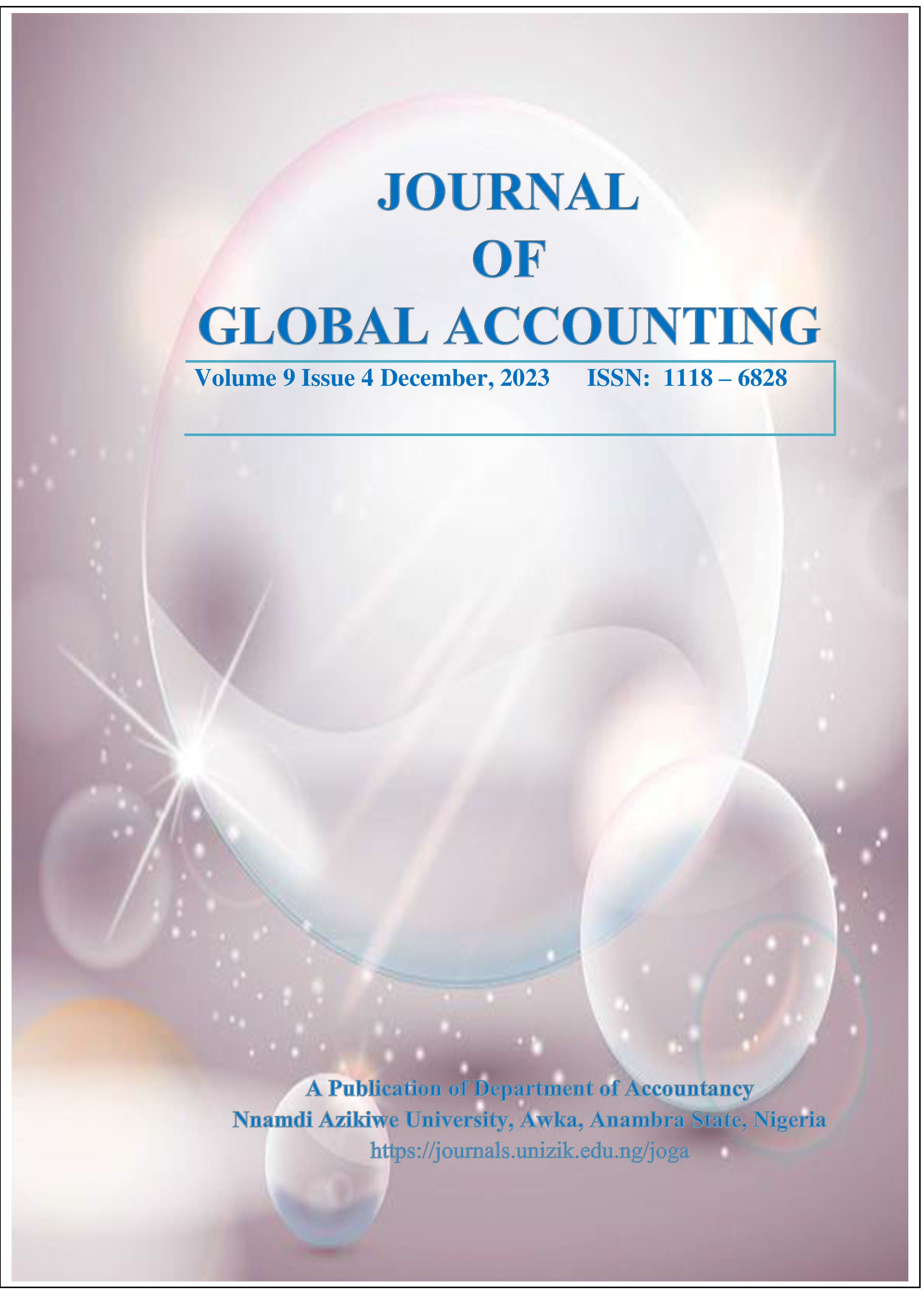MACRO ECONOMIC FACTORS AND PENSION FUND SUSTAINABILITY IN NIGERIA: EVIDENCE FROM 2013-2020
Keywords:
Average rate of return, Inflation rate, Pension fund sustainability, , Ratio of Pension Assets to Gross Domestic ProductAbstract
Globally, the sustainability of pension funds is now a concern, from the fear of an inverted pyramid to soaring inflation and until recently, failures of Liability Driven Investments (LDI) an exotic financial instrument hitherto designed to withstand financial uncertainties. Nascent pension funds like the contributory pension scheme will need to rejig its strategies to avert a crisis. In this study, the ratio of Pension Liability to Pension Asset proxied as a measure of pension fund sustainability which is the dependent variable of the study, while Inflation rate was measured with Average rate of returns rate and ratio of Pension Assets to Gross Domestic Product. Using regression to test the data of ten years 2013 to 2022, the result indicates that the inflation rate and average returns rate had a strong and positive but non-significant effect on the sustainability of pension fund (p-values 0.303 and 0.081 > 0.05). This result is a pointer to the fact that the sustainability of the Pension Fund is tied to the performance of the economy and the growth of the pension assets. Managing fund performance by risk diversification is thus recommended for fund managers towards enhancing fund performance. Macroeconomic stabilization as the government should take steps to grow the economy because of the cascading effect on pension sustainability. Policymakers should endeavour to strengthen its supervisory and monitoring roles, prudential laws, and supportive legislation in other to ensure that ensure that pension funds are managed responsibly.
Downloads
Published
Issue
Section
License
Copyright (c) 2023 Journal of Global Accounting

This work is licensed under a Creative Commons Attribution-NonCommercial 4.0 International License.
Articles submitted to JOGA should not have been published or are currently under review by another Journal. Kindly see the guide for the preparation of the manuscript for details. Successful submission of articles by author(s) for publication clearly implies that the work is not an infringement of any existing copyright warranty as JOGA reserves the right to be indemnified by the author(s) where any breach of such warranty is proven. For ease of dissemination and to ensure proper policing of use, papers and contributions become the legal copyright of JOGA once published unless otherwise agreed.
Permission clearance should be obtained by the author(s) where applicable for the use of any content of interest not originally created by them. This must be done before the submission of the article to JOGA. Failure to do so may lead to a lengthy delay in publication, as JOGA is unable to publish any article which has permissions pending. Thus, the rights JOGA requires are:
- Non-exclusive right to reproduce the material in the article or book chapters.
- Print and electronic rights.
- To use the material for the life of the work (for instance, there should be no time restrictions on the re-use of material).
Where tables, figures or excerpts of more than 250 words are reproduced from another source, it is expected that:
- Author(s) should obtain the necessary written permission in advance from any third-party owner of the copyright for the use in print and electronic formats of any of their text, illustrations, graphics, or other material in their manuscript. Permission must also be cleared for any minor adaptations of any work not originally created by the author(s). The author (s) should not assume that any content freely available on the web is free to use.
- Where the author adapts a significant number of any material, the author(s) must inform the copyright holder of the original work.
- Author obtains any proof of consent statements
- The author must acknowledge figure(s) and content adopted or adapted in work utilizing source(s) and further capture them in the list of references.

